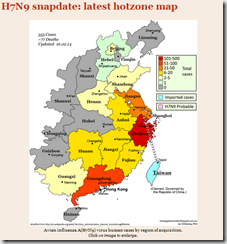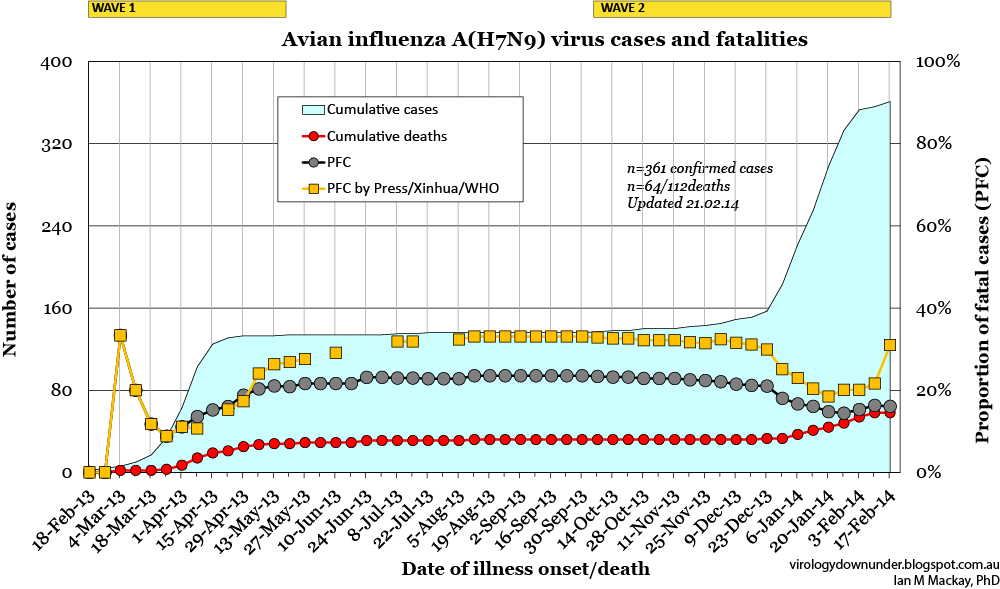People's Network, February 20 (XINHUA) -- According to the Ministry of Agriculture website, the Ministry of Agriculture's Office has recently published the National poultry H N 7 9 flu eradication program (draft for soliciting opinions). Draft for Solicitation of Opinions, 2013 my first case where people are infected with H N 7 9 bird flu case, has caused many people are infected and get sick and die. As February 18, 2014, the accumulated case reports 347 cases, 109 deaths. In addition, according to China's Livestock Industry Association statistics, in 2013 the first half poultry industry direct loss 60 billion won in 2014 has lost 20 billion dollars. It has been reported. National Avian Influenza Reference Laboratory reported that the current from poultry and the environment from the H N 7 9 avian influenza virus in the poultry show no pathogens. However, the presence of the virus mutate into highly pathogenic strains of the possibility that the poultry industry development with greater risk. The national monitoring and epidemiological findings indicate that H N 7 9 avian influenza viruses can in the patient, Infected poultry, and the pollution of the environment, the separation, the current positive samples mainly from live poultry farm, but does not exclude a few poultry farms contamination.
zhttp://news.163.com/14/0220/13/9LHGELTR00014JB6.html
zhttp://news.163.com/14/0220/13/9LHGELTR00014JB6.html





Comment